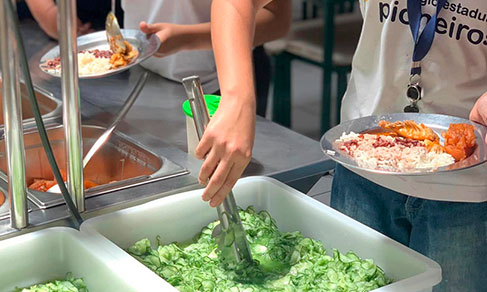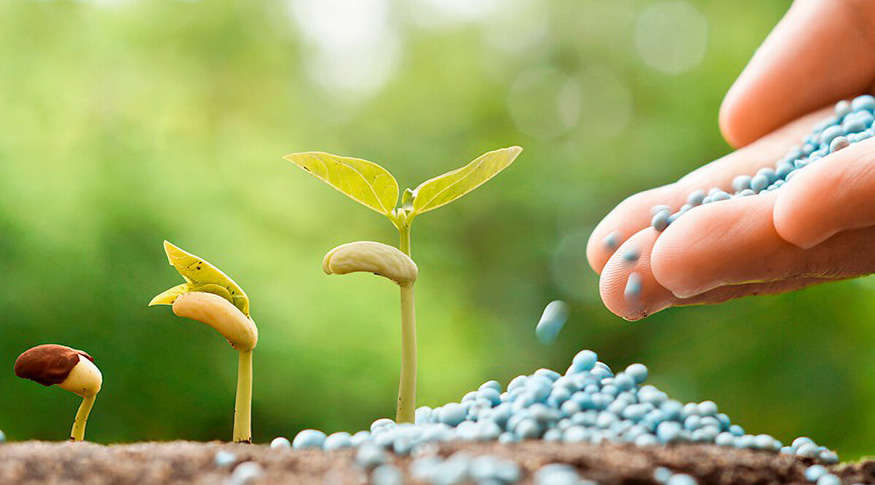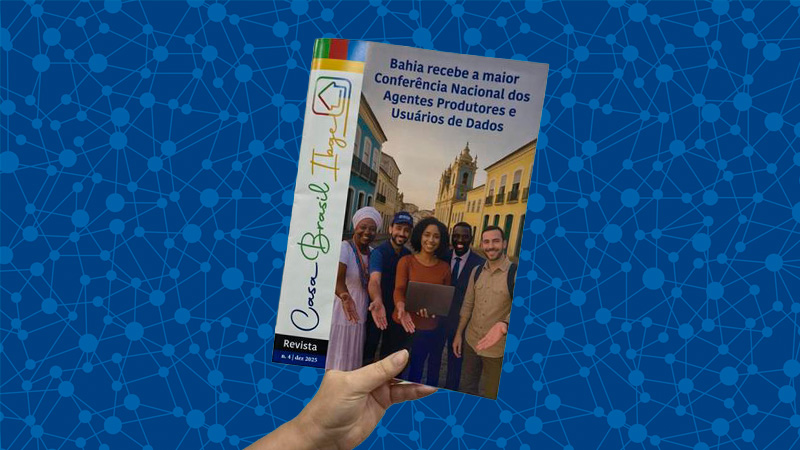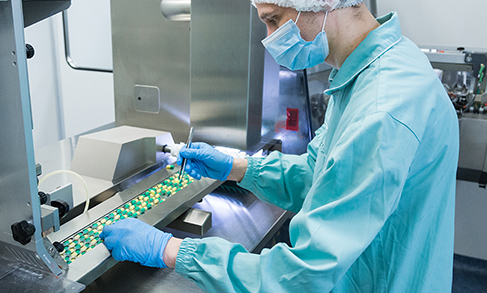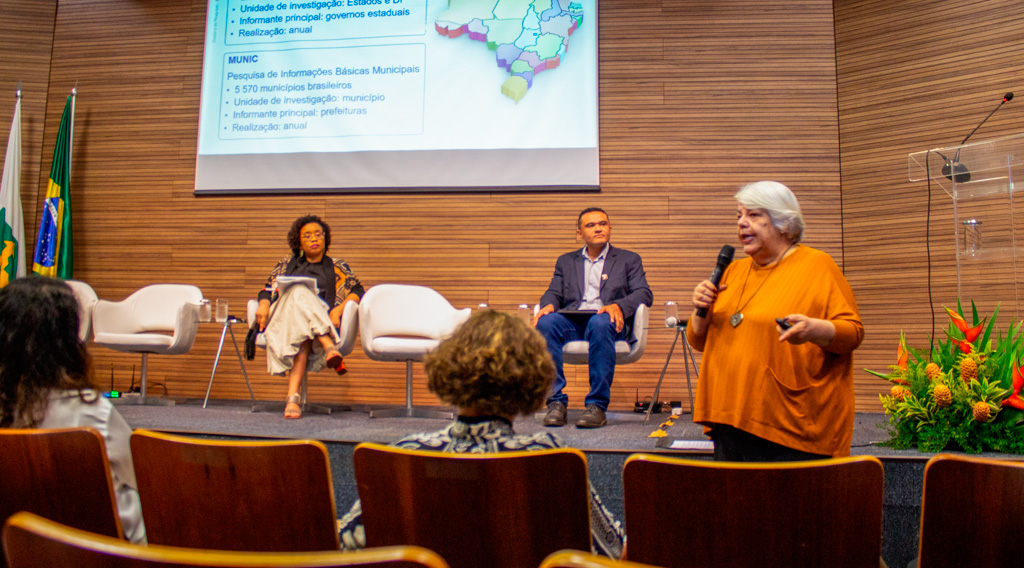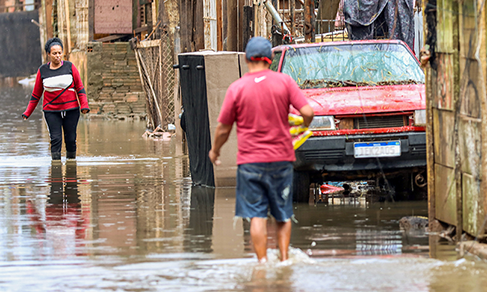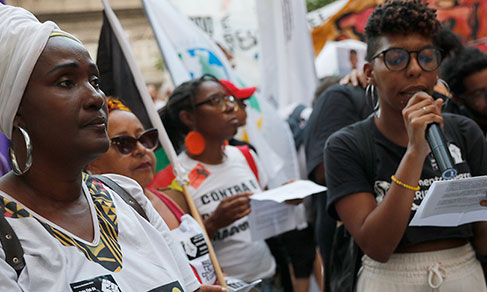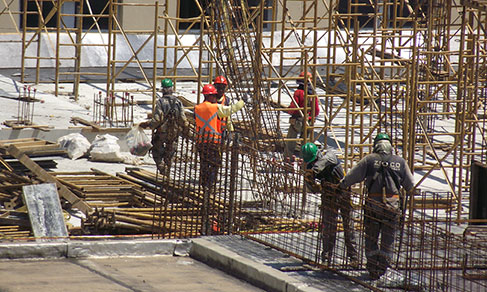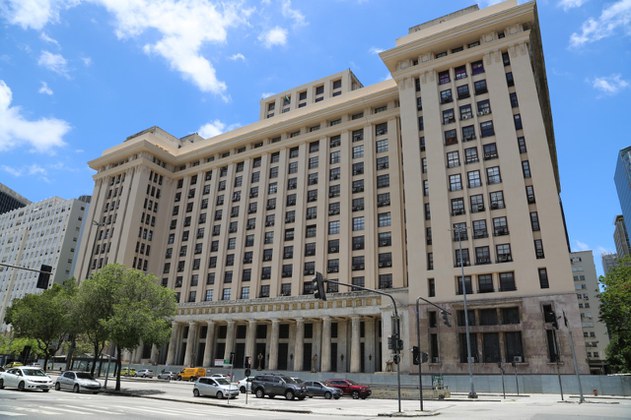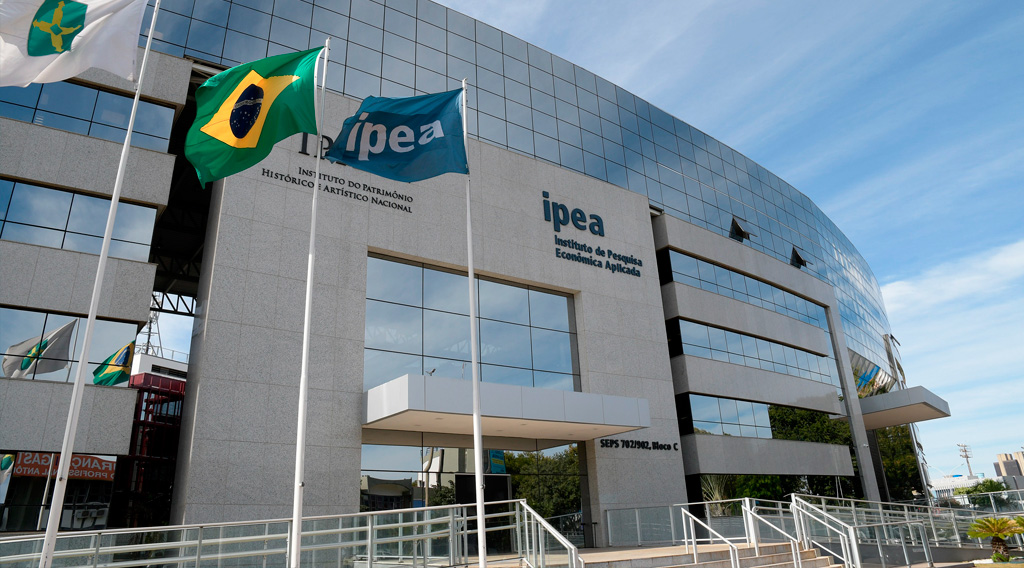GDP of Municipalities
City of São Paulo has GDP of 4.3 thousand Brazilian municipalities together
December 13, 2019 10h00 AM | Last Updated: December 17, 2019 03h04 PM
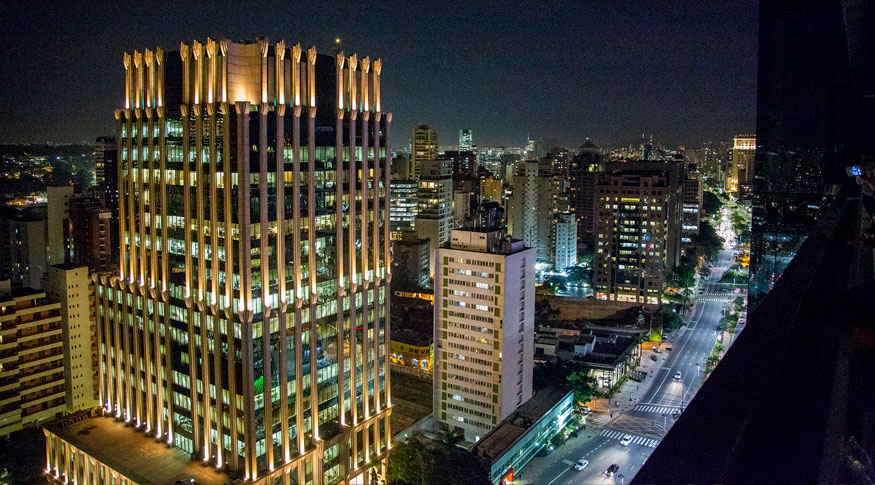
With a 10.6% share and R$699.3 billion contribution to the national economy in 2017, the biggest one among all the 5,570 municipalities, São Paulo has a GDP equivalent to the sum of the figures of 4,305 municipalities or 77.3% of the Brazilian cities. According to the Gross Domestic Product (GDP) of Municipalities, released today (13) by the IBGE, São Paulo's capital concentrates 5.8% of the population, while those 4,305 municipalities gathers 23.9% of Brazilians.
According to Luiz Antonio de Sá, IBGE’s National Accounts technician “that evidences the discrepancy between contribution to the GDP and contribution in terms of population”.
The survey also shows that 11 of the 25 biggest municipalities in the country area located in São Paulo, its capital included. Considering the capital of São Paulo and the biggest cities in terms of GDP, a total 4,903 (88%) municipalities would be necessary to make up for their contribution to national GDP. As for population, those 11 municipalities concentrate 23.9% , whereas the other 4,903, 34.1%.
Luiz Antonio says that is a “transfer of the economic dynamism from the capital to neighboring municipalities. And there are other municipalities in the metropolitan area, such as Ribeirão Preto and Campinas”.
Agriculture in the rural area of São Paulo generates R$ 9,8 billion
The economy of São Paulo and the other 11 cities is mainly concentrated in services, followed by industry. In spite of that, the rural area of São Paulo is a highlight for having reached the sixth value added of agriculture in the country, having reached R$ 9,8 billion in 2017, but accounting only 0.7% of the economy.
The IBGE geographer Marcelo Delizio explains that the output is listed as “other products from temporary crops”, according to the IBGE’s classification, and some services. “That means vegetables and fruits, for consumption in the city. Those are not commodities for exports. And that makes this area the sixth in the ranking.”
Marcelo highlights that the municipalities with the biggest agricultural production are those in the Central West Region, characterized for having a very extensive area, which accounts for the increased output. According to the technician, that changes when rural areas are considered, a group of municipalities to which an urban center provides inputs and attracts the production.
“The rural area is a more uniform set for analysis in terms of space. In Mato Grosso, for example, there are rural areas with few municipalities that are very big. In Paraná, São Paulo and Rio Grande do Sul, the same area may have 200 municipalities. None of those municipalities is an individual highlight regarding agricultural output. When aggregated, they produce more, have a bigger GDP of agriculture compared to areas in Mato Grosso, ” Mr. Delizio explains.
Despite some decrease in contribution, seven municipalities concentrate 25% of the GDP
Data from the IBGE show that seven municipalities accounted for approximately 25% of the Brazilian economy, concentrating 13.6% of the population. Although its participation has been reduced, São Paulo (10.6%) remains as the biggest economy in the country, followed by Rio de Janeiro (5.1%) and Brasília (5.1%). Among those, only Osasco, which changed from the 16th to the sixth position, and Porto Alegre, from the sixth to the seventh, changed its positions between 2002 and 2017. The 1,324 municipalities with the lowest GDP figures accounted for about 1% of the national GDP in 2017.
The IBGE manager of Regional Accounts, Alessandra Poça, explains that, although there is a big concentration of income generation in the country, the major economies have reduced their participation in relation to that of bigger ones. According to Ms. Poça, that is common in the series, but it takes place slowly.
“We see some changes over the year, and most of the times commodities account for them. Looking at the contributions between 2017 and 2016 and also in the series as a whole, those with the biggest gains or losses in terms of contribution are the municipalities whose economy is based on a major commodity, such as iron ore, petroleum and soybeans”.
When urban concentrations are considered, that is, municipalities or population arrangements with more than 100 thousand residents and with a high level of integration due to people’s commuting to work or study, the concentration is even higher. São Paulo (17.3%) and Rio de Janeiro (7.7%), together, accounted for 25% of the national economy in 2017.
City-region of São Paulo represents 1/4 of the national economy
In another analysis, the city-region of São Paulo, a geographic whole in which 92 municipalities has a strong integration with the metropolis, concentrated 24.6% of the economic production in Brazil in 2017. That reveals the existence of regional inequalities, mainly when it is compared with the Semiarid Northeast, which accounted for 5.2% of the national GDP, and the Legal Amazon (8.7%).
That occurs even after a significant decrease in participation by 0.4 percentage points in the national GDP of the São Paulo between 2016 and 2017. At the same time, the Legal Amazon and the Semiarid Northeast increased its contribution by 0,1 percentage points, each.
“The Semiarid region is a very complex area in the country, with specific problems that demand non-stop attention. The same is true about the Legal Amazon. Those two locations need to be always in highlight. And we have compared them to the metropolis of São Paulo, which stands out in almost every respect, even in terms of agriculture,” Mr. Delizio adds.


